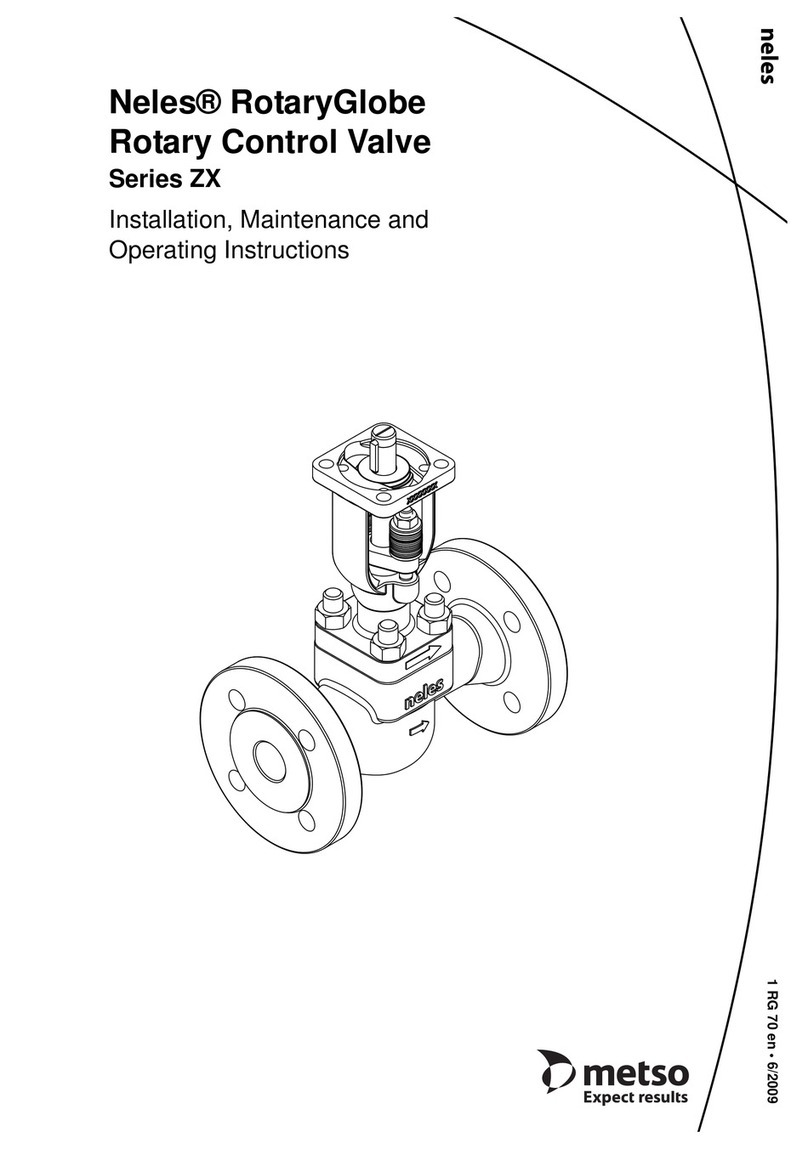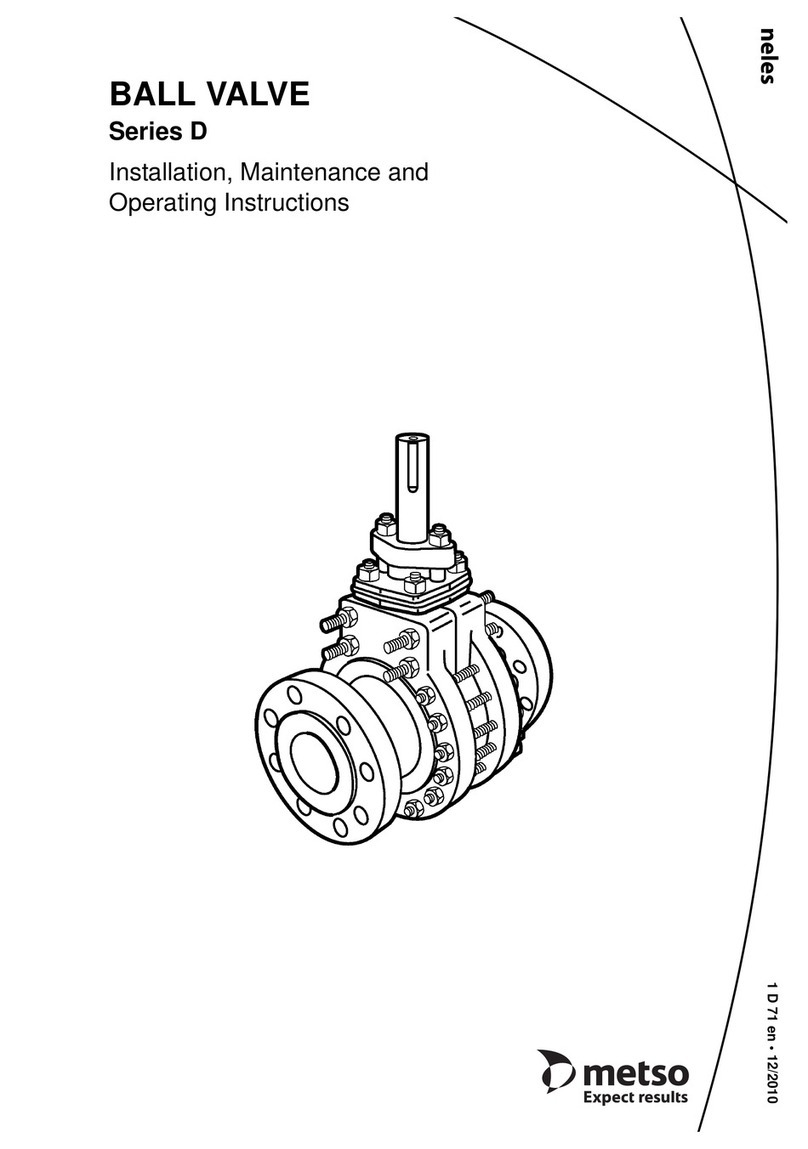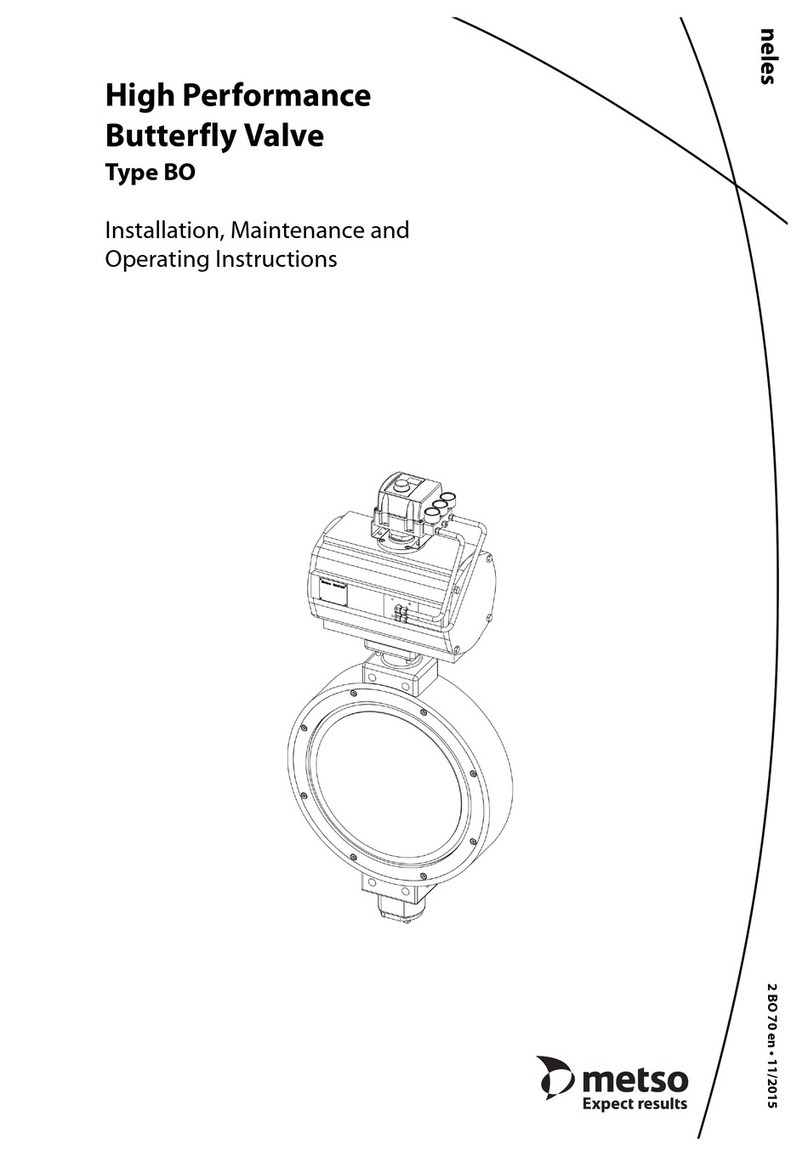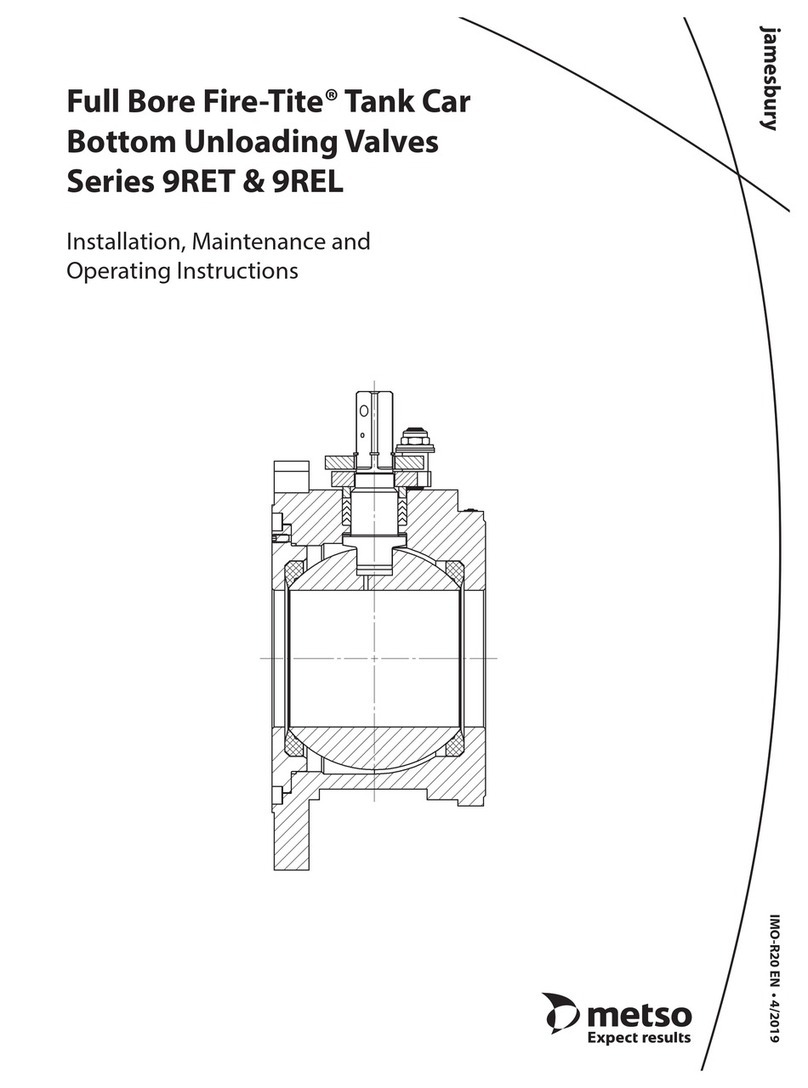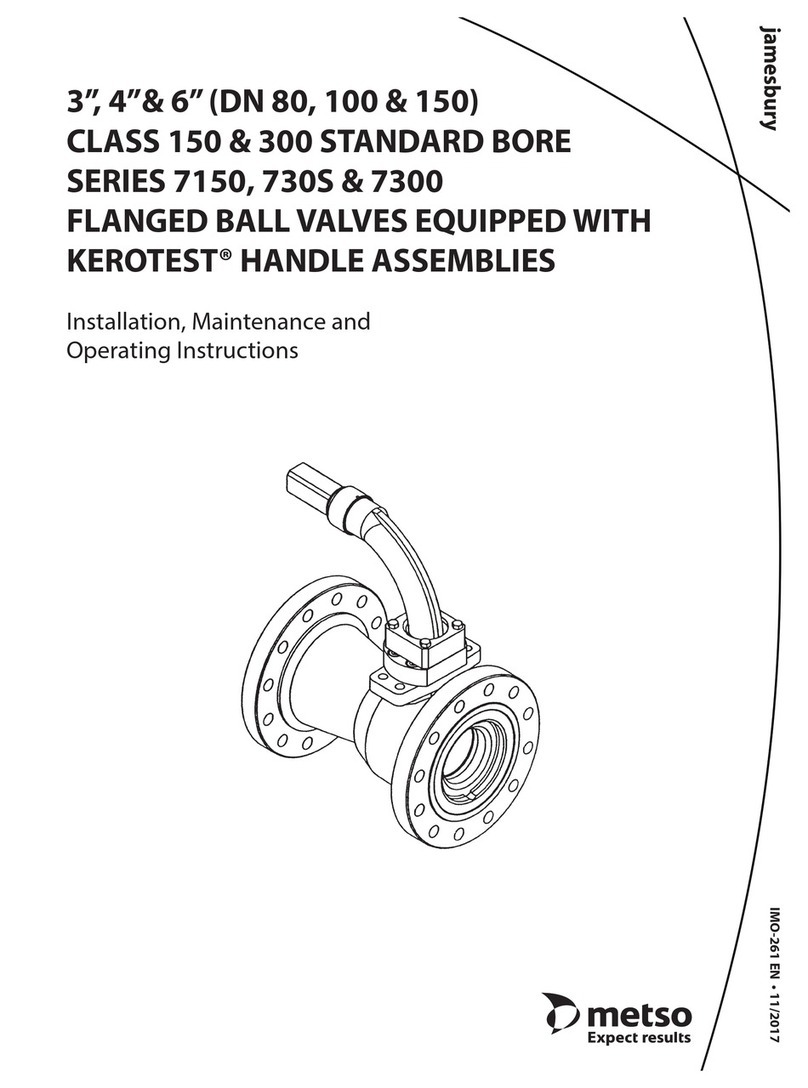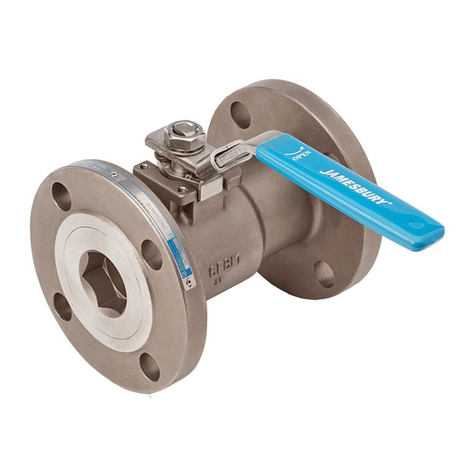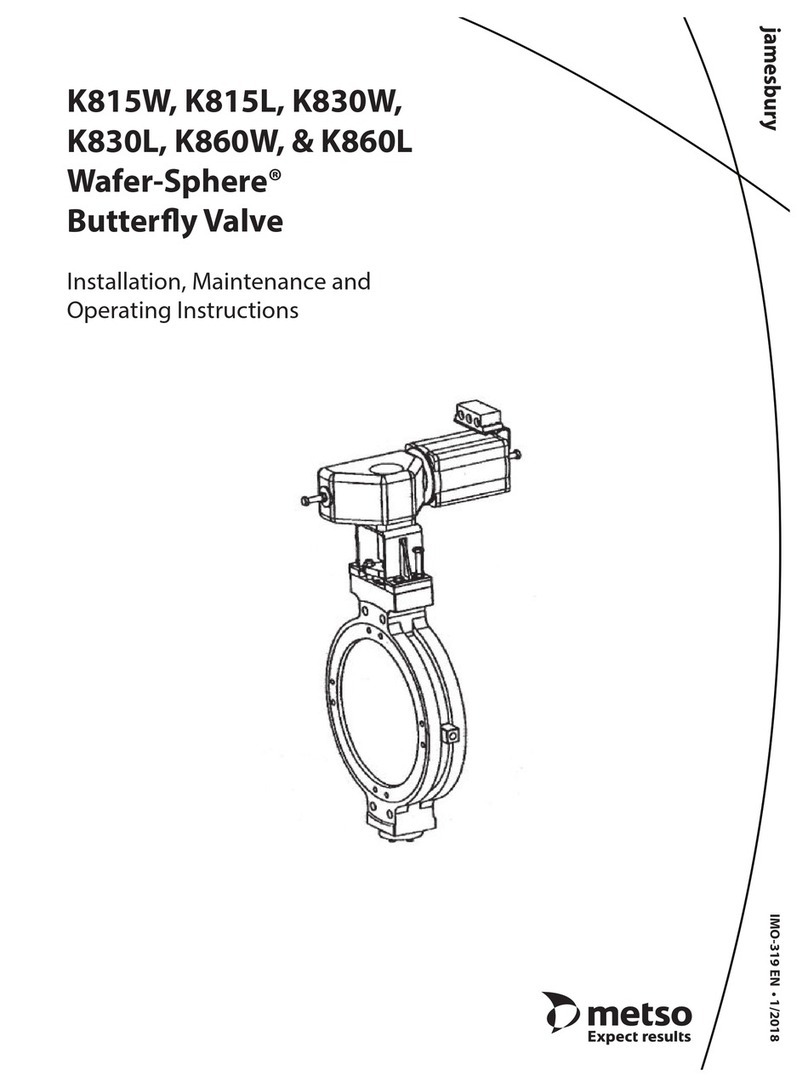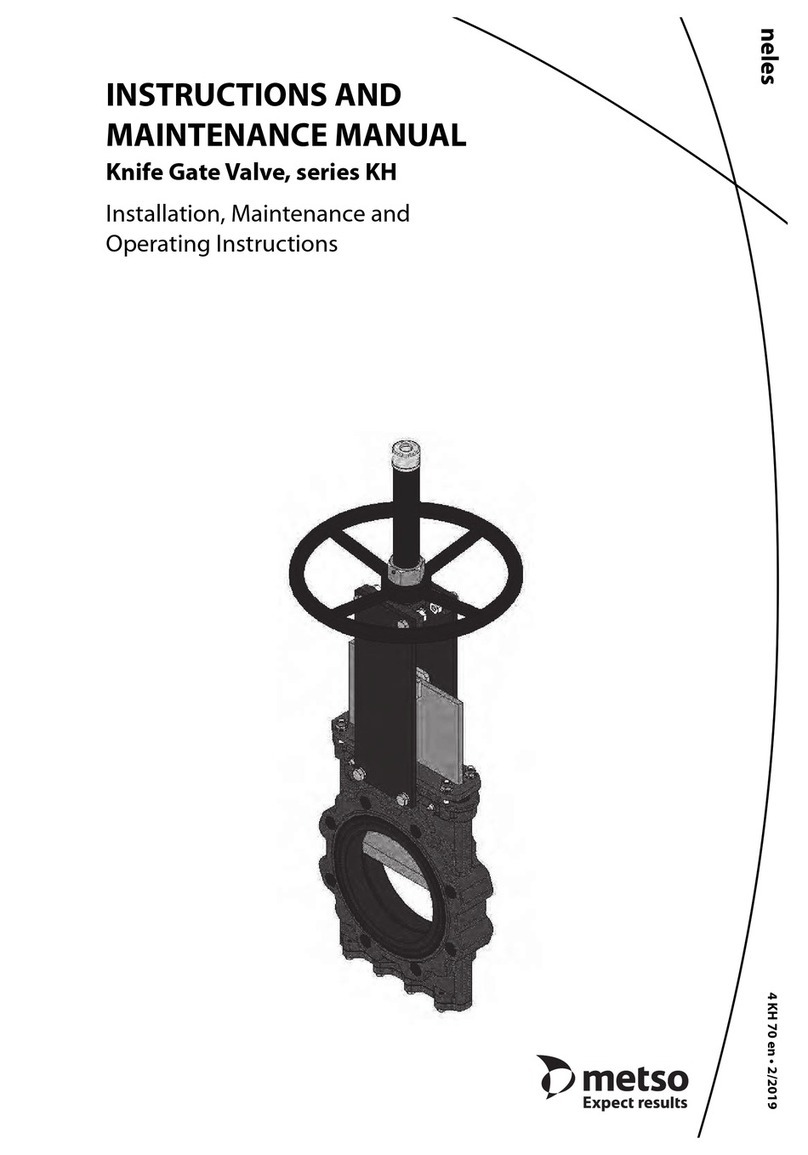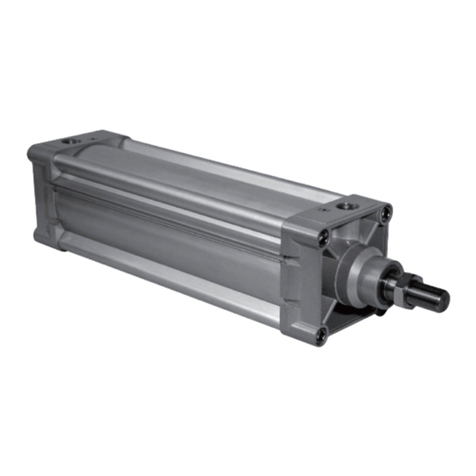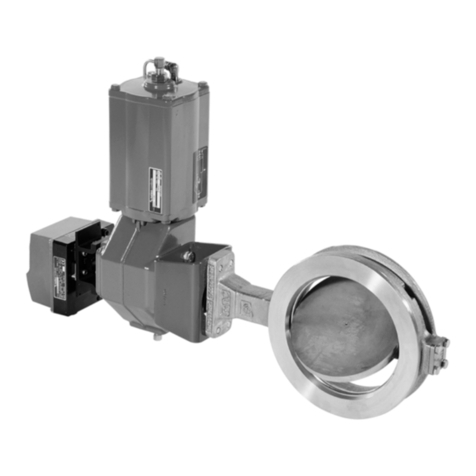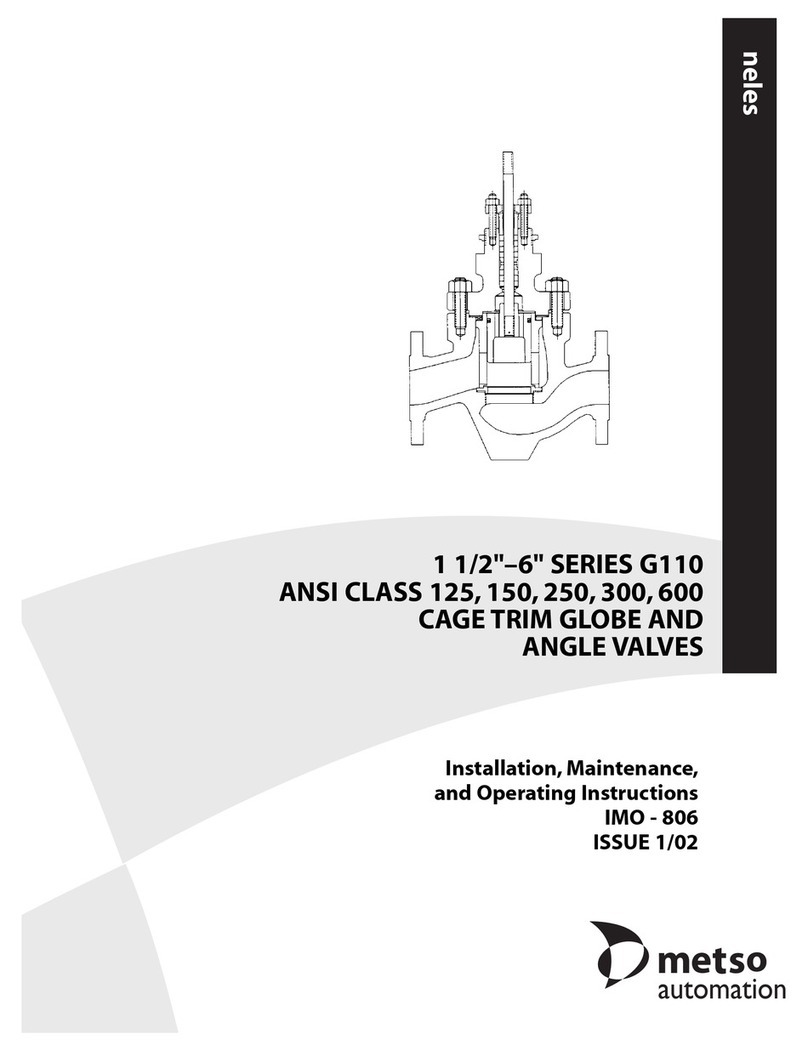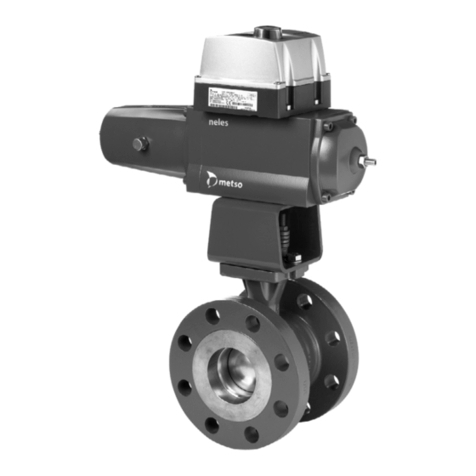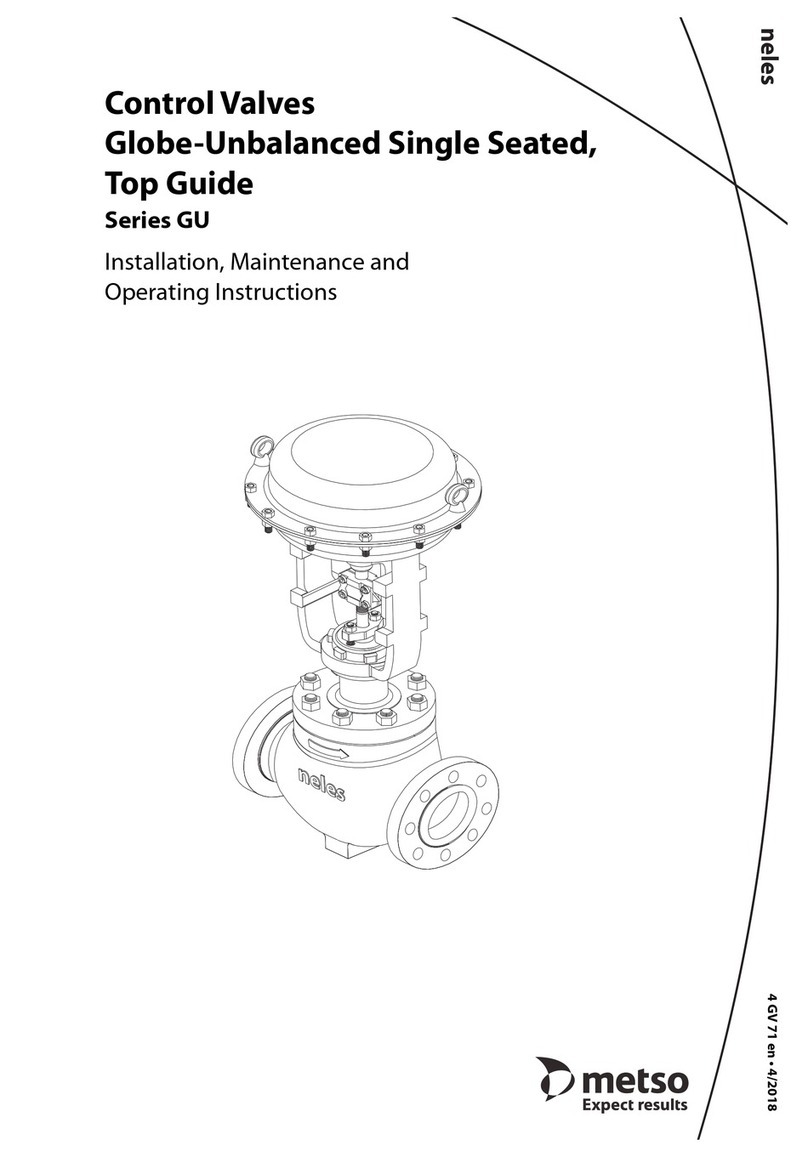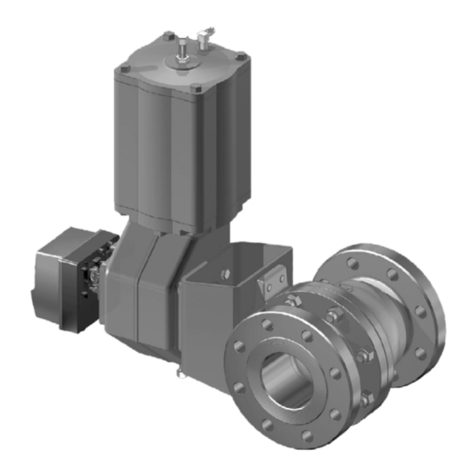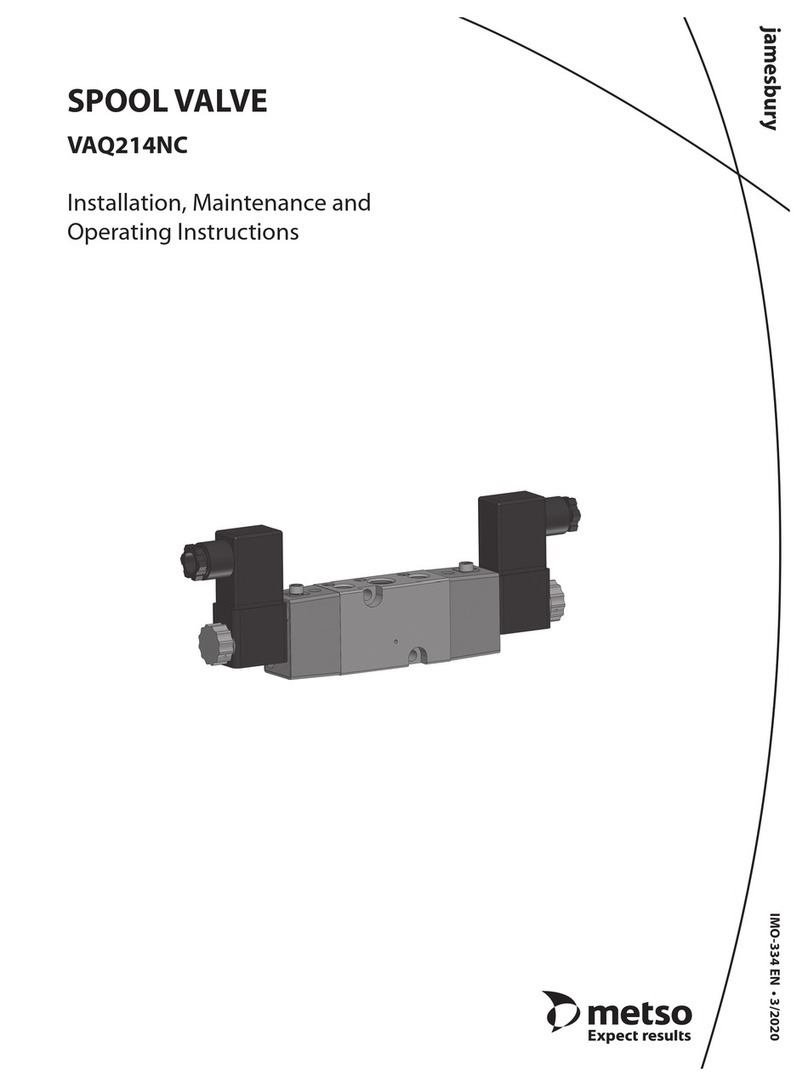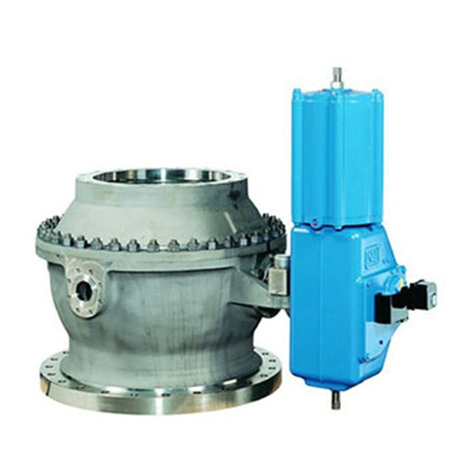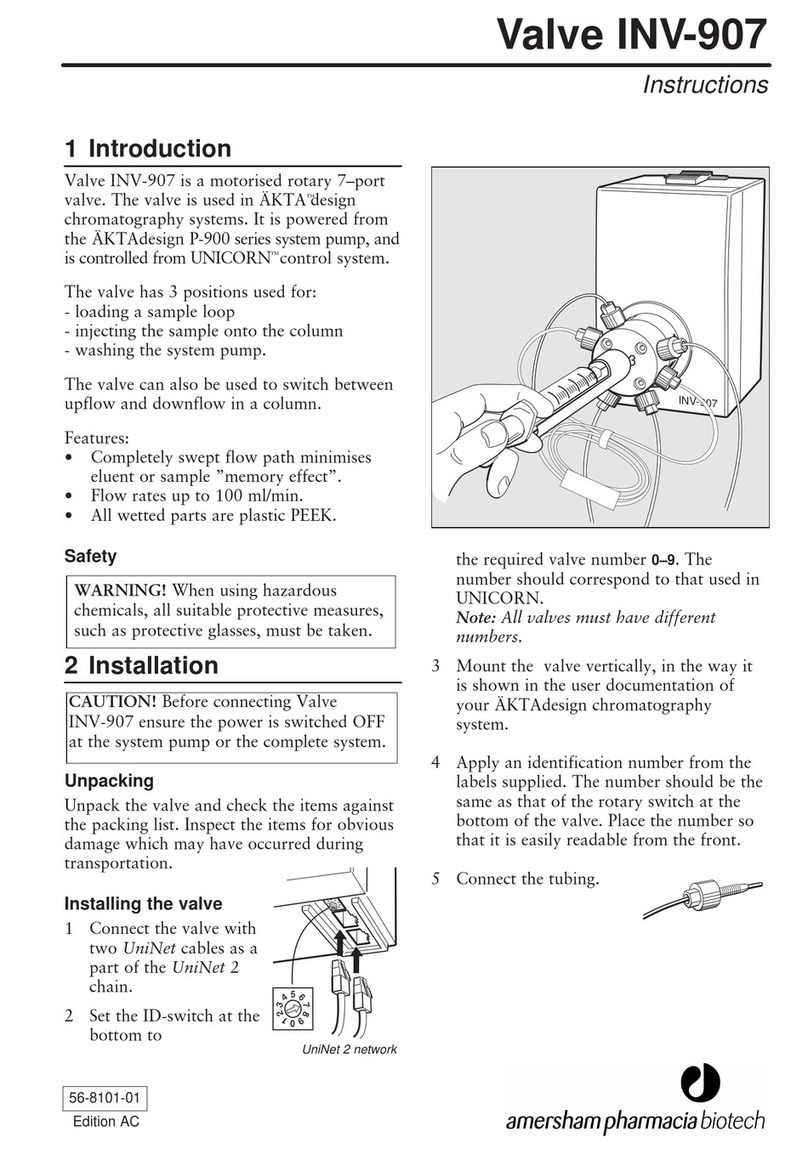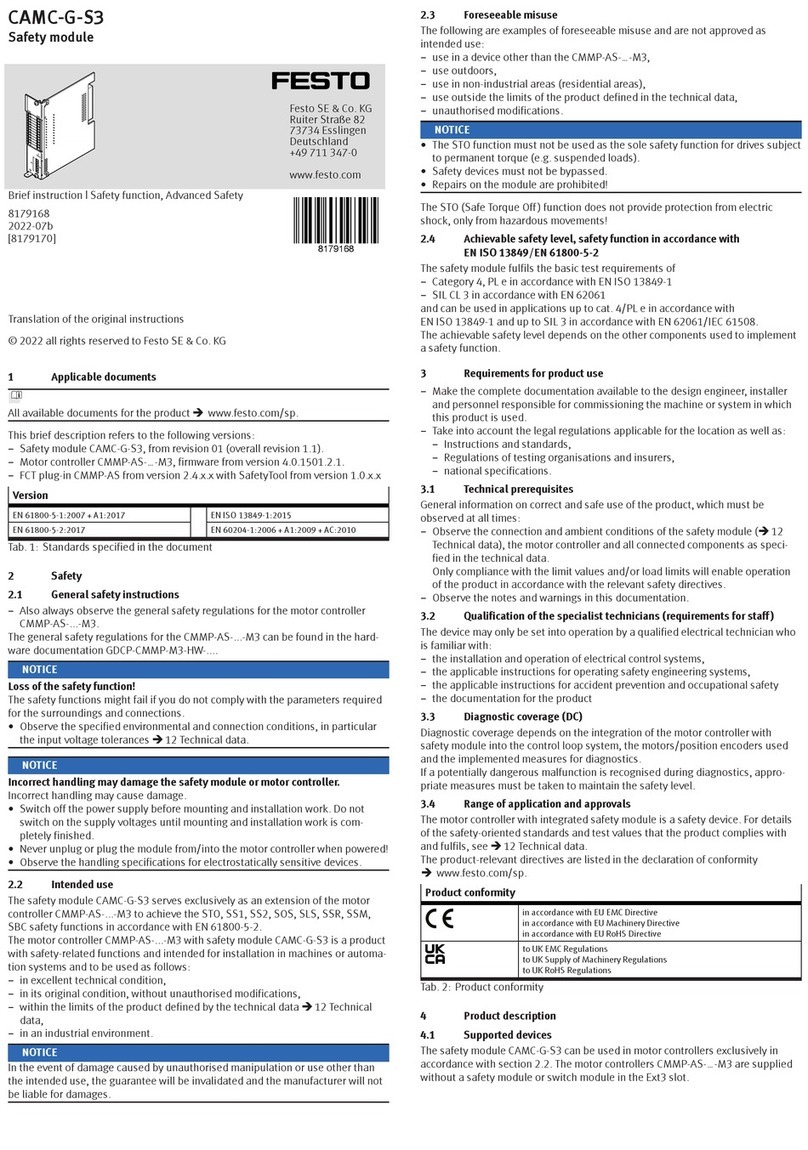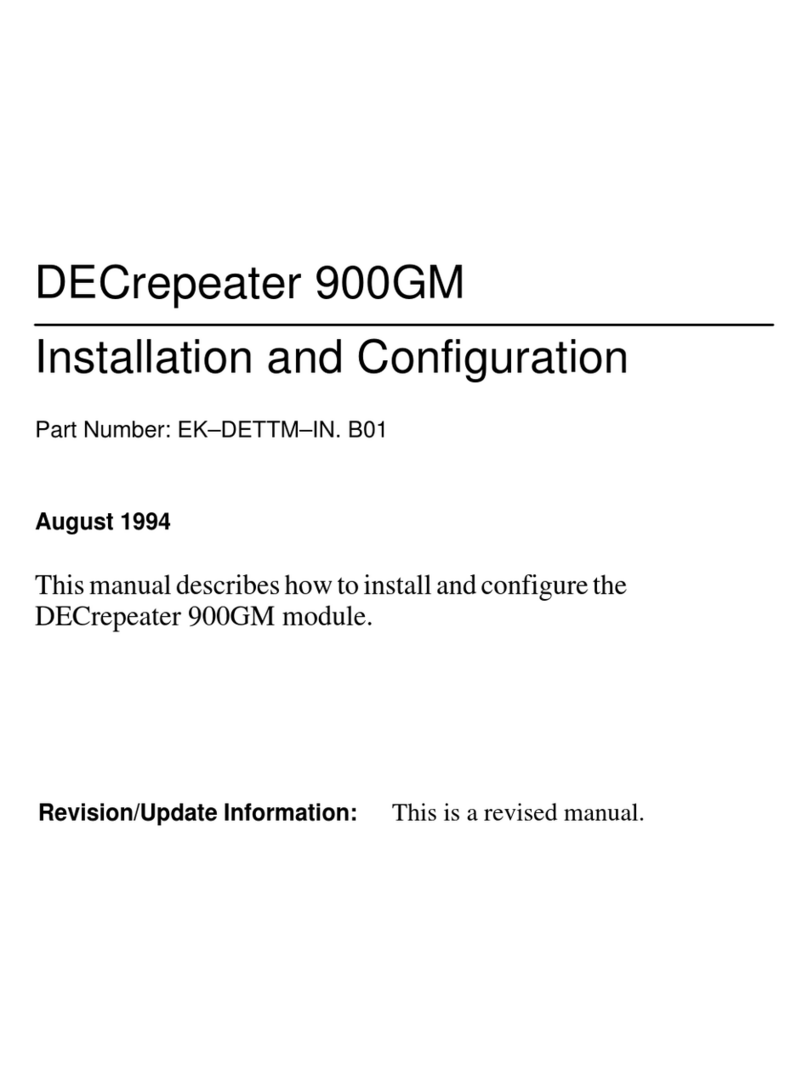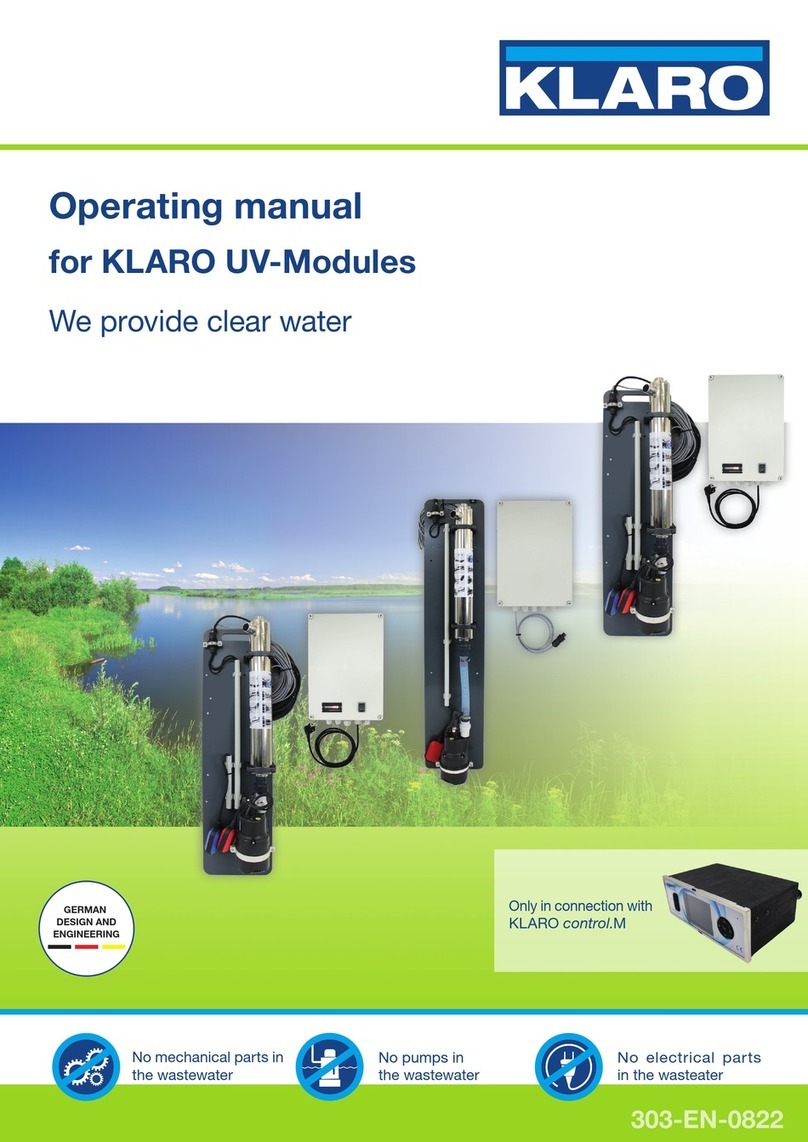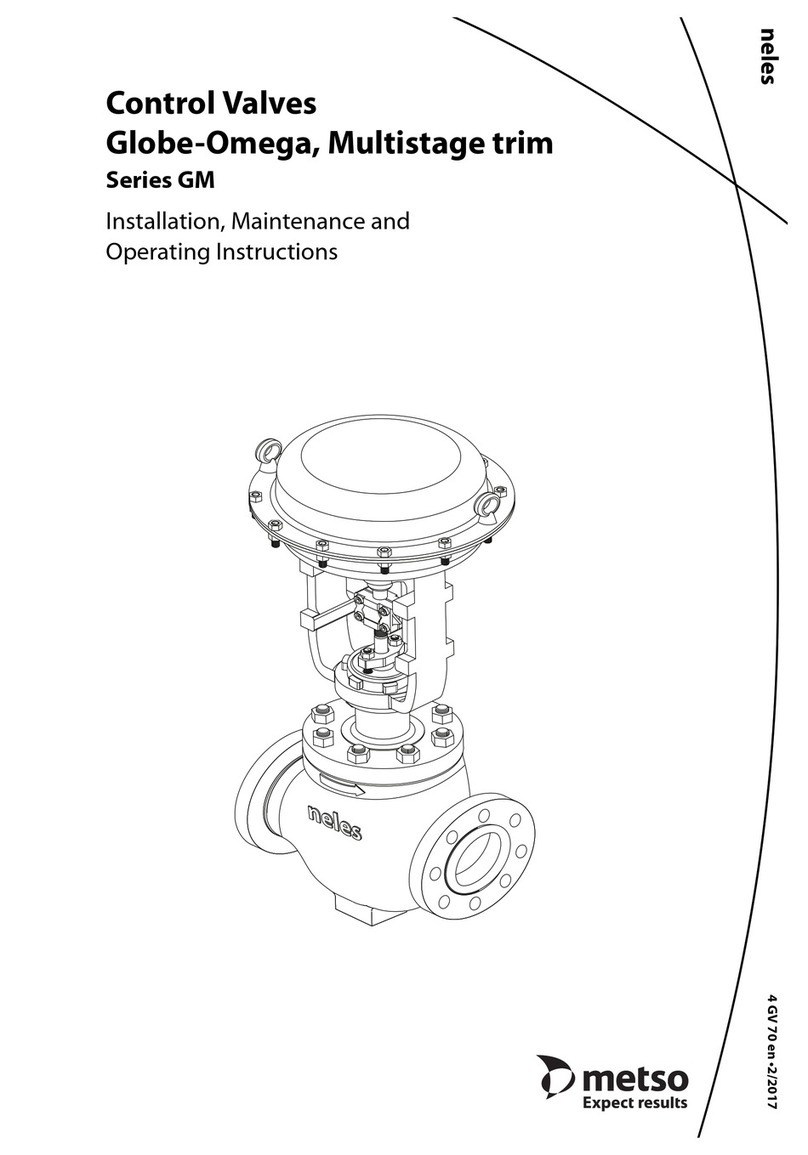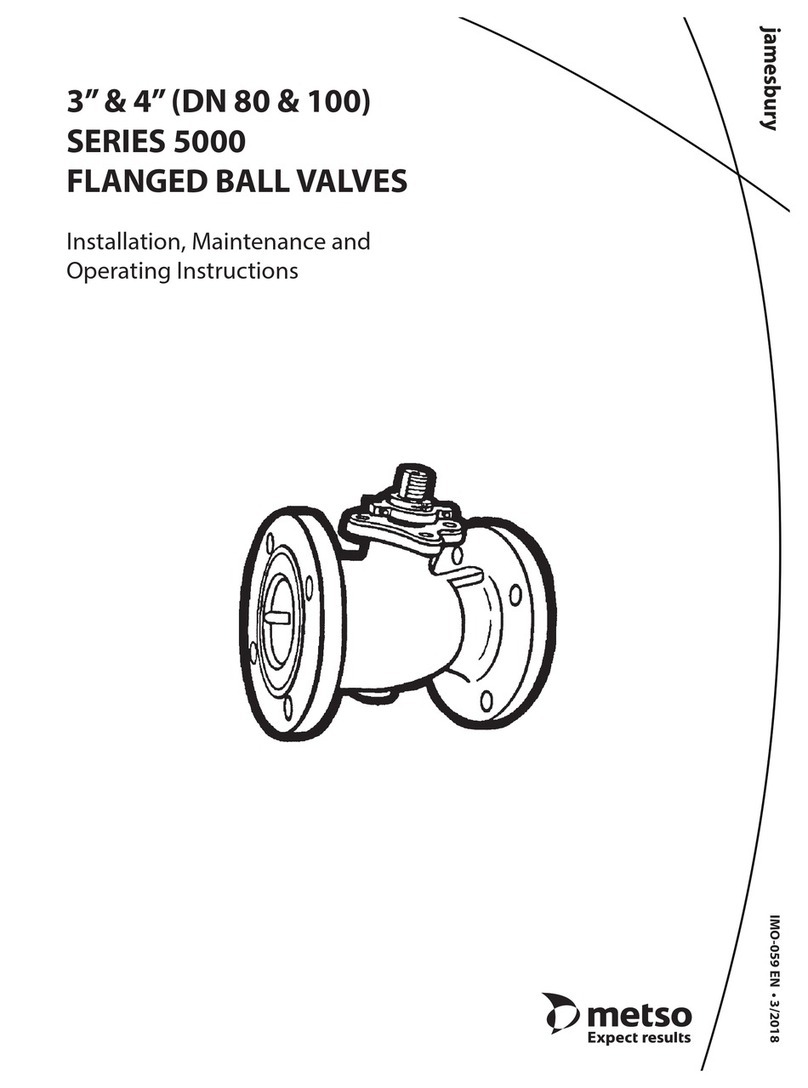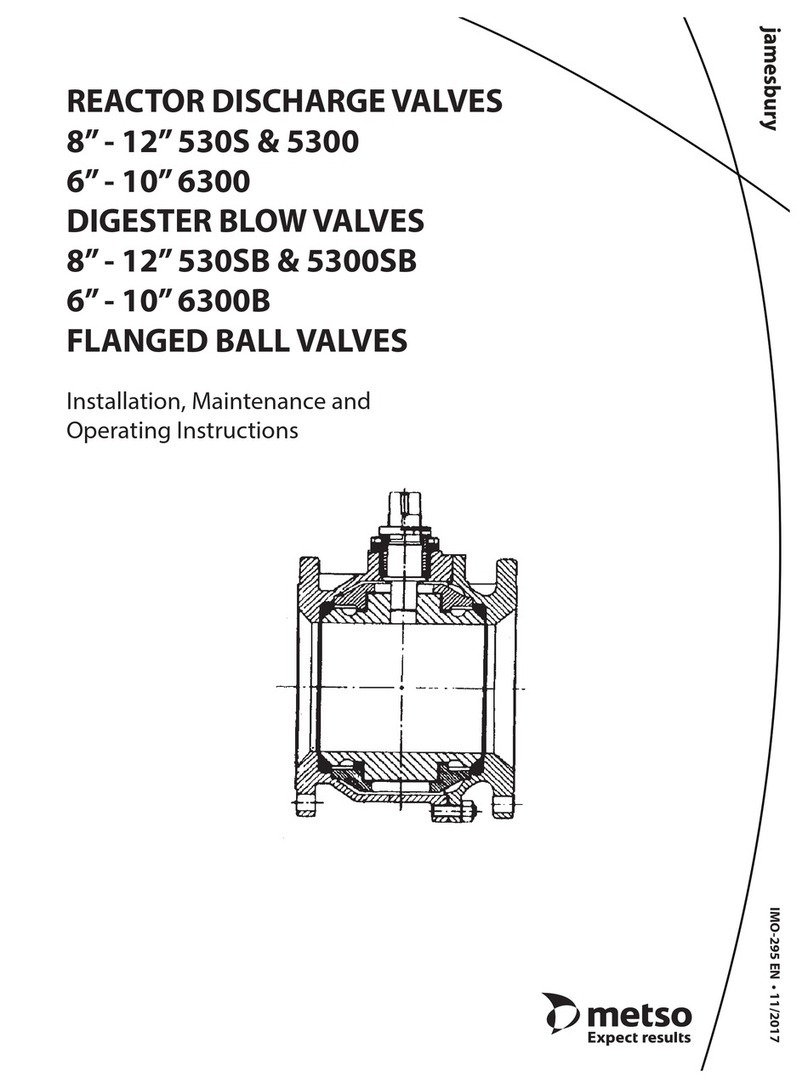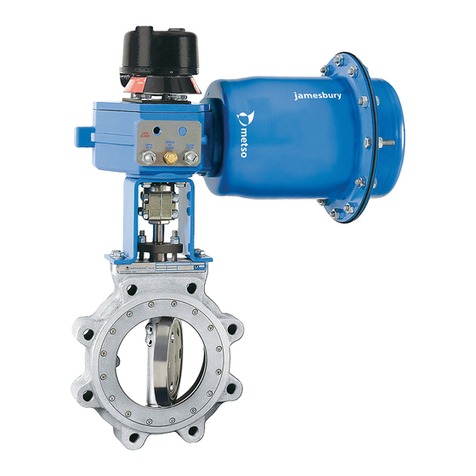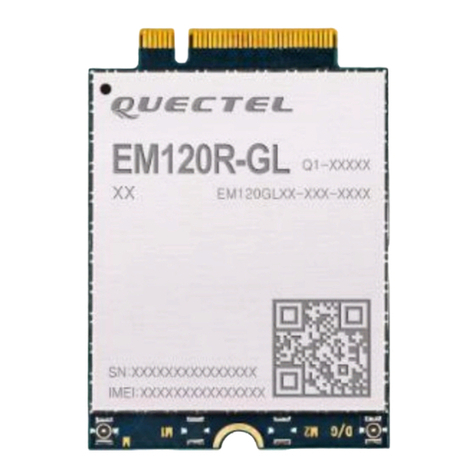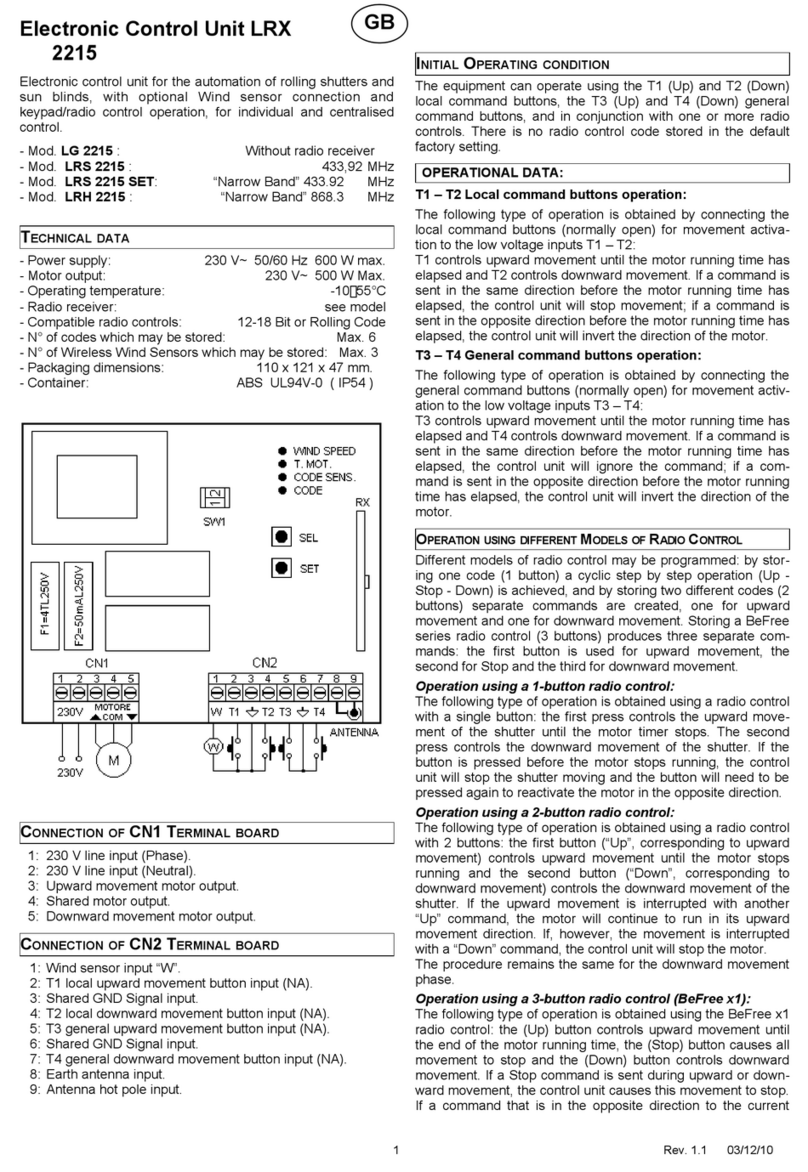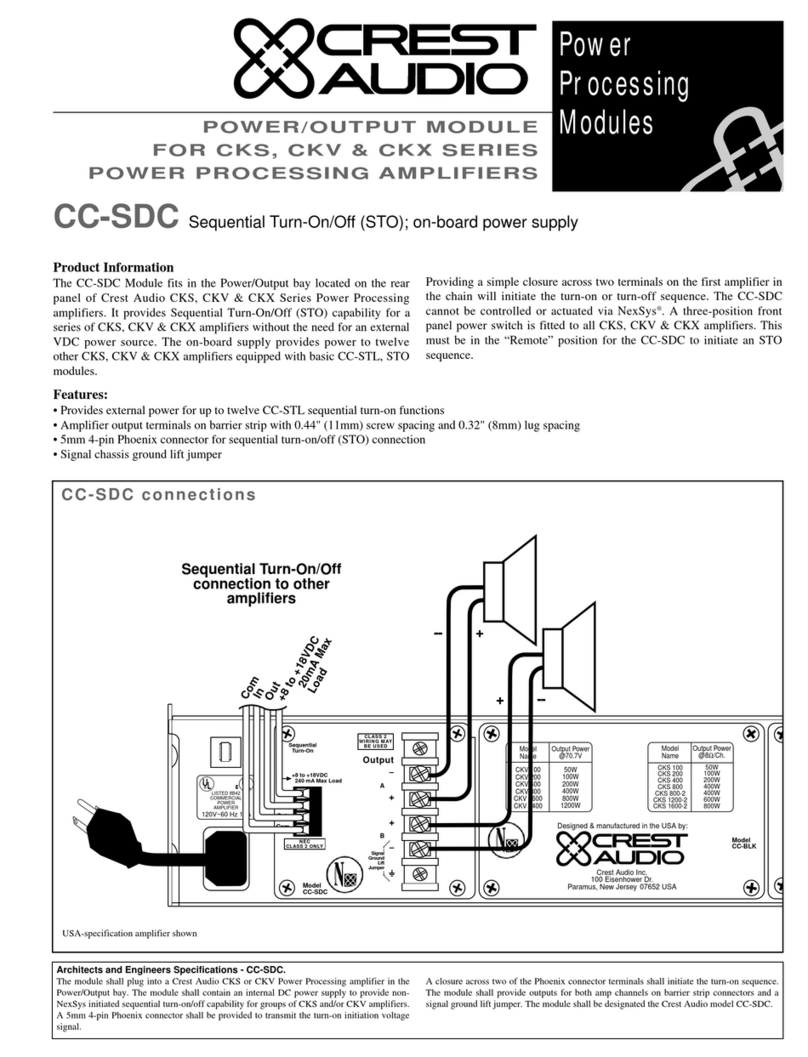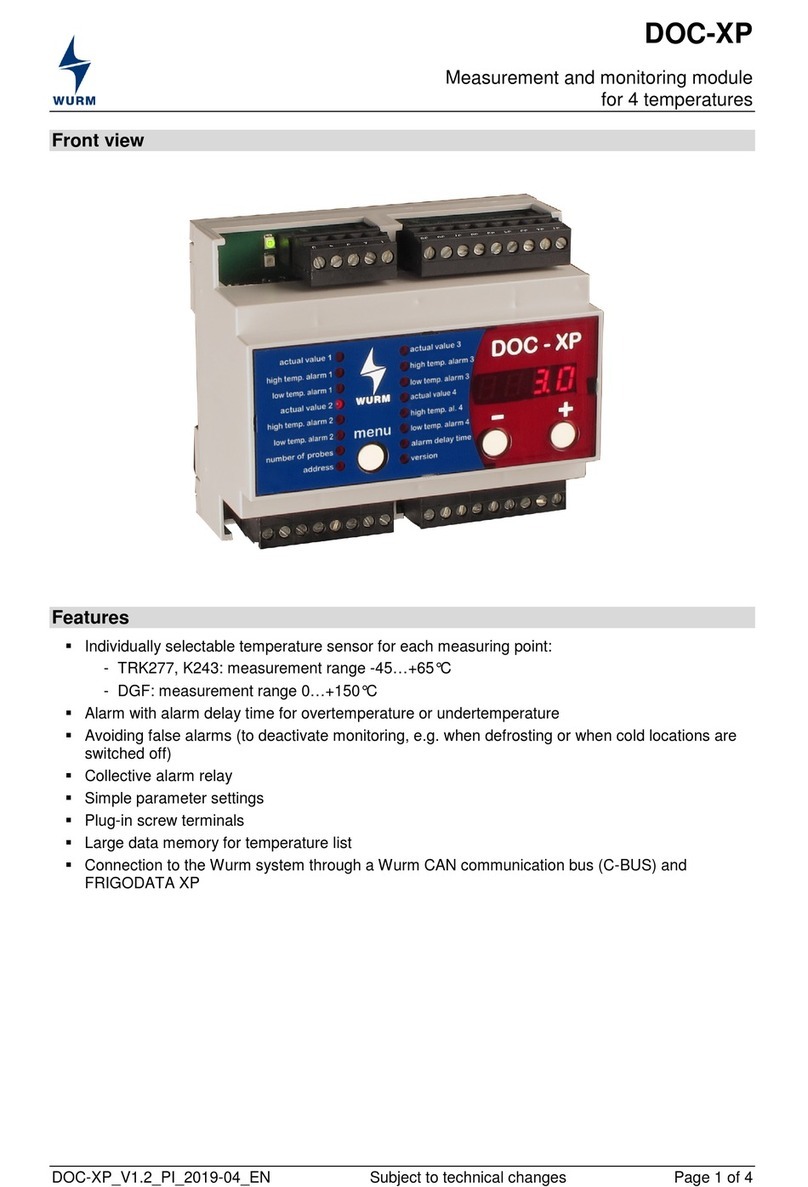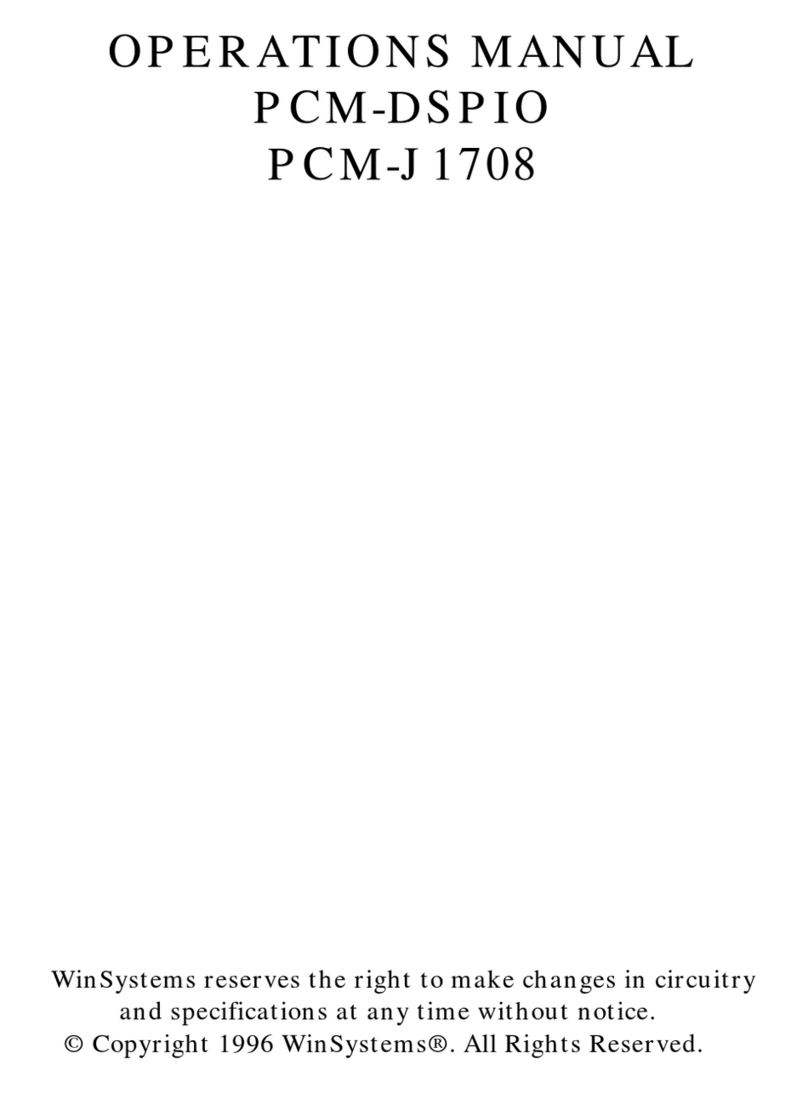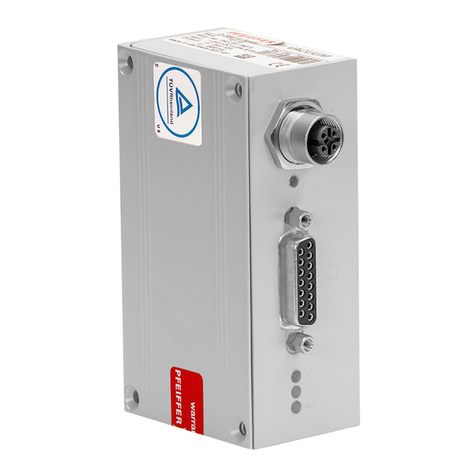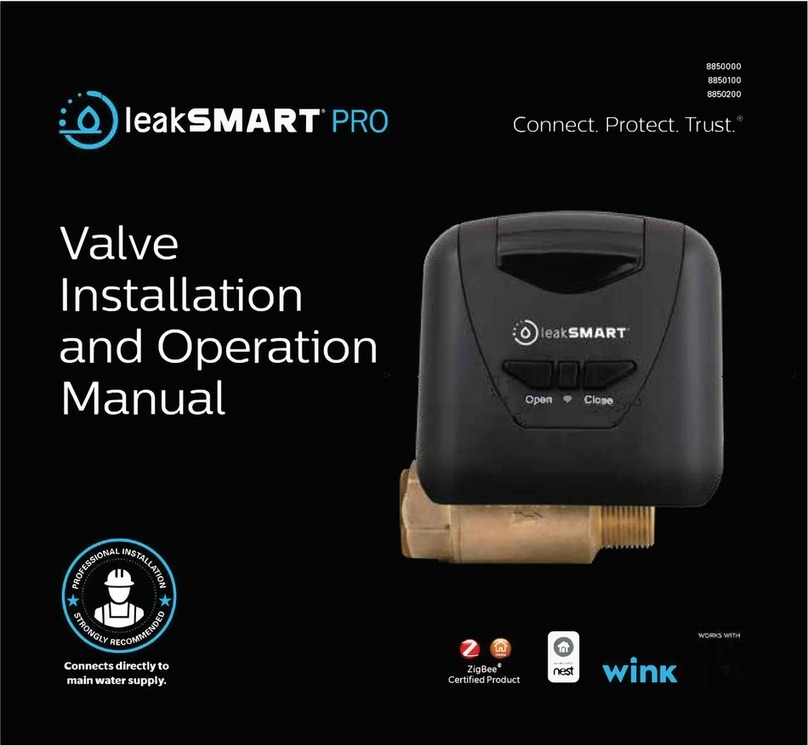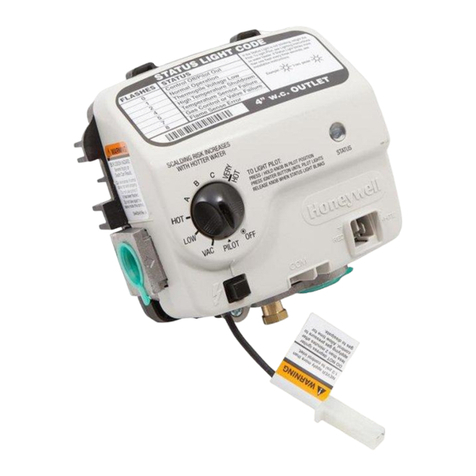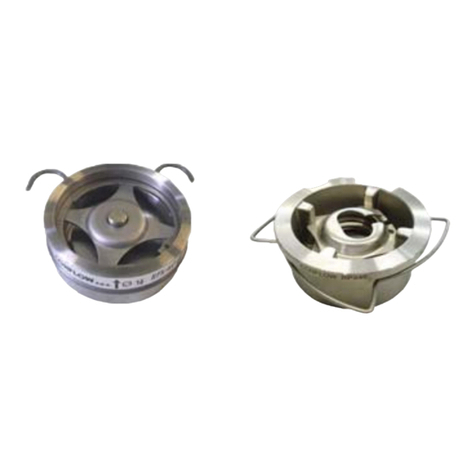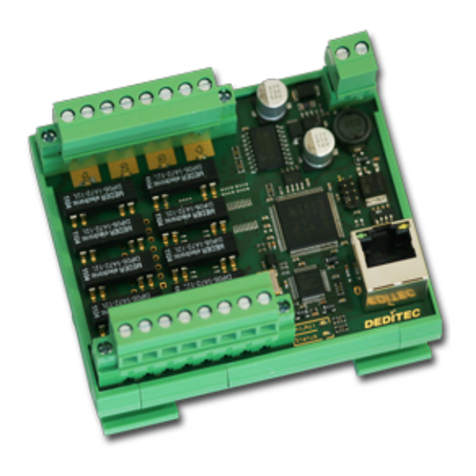
68 PZ 70 en
4 MAINTENANCE
4.1 General
The valve does not require regular maintenance. It is
recommended, however, that the seal of the gland
packing and the settings of the actuator be checked
regularly.
In addition the condition of the ball surface should be
checked every 3 months. In case of leakage, see Sec-
tion 4.5.
The numbers in parentheses refer to the exploded view
in Chapter 8.
4.2 Changing the gland packing
If a leak in the gland packing cannot be eliminated by
tightening it, the packing must be replaced. The actua-
tor can be removed to facilitate this work.
❑Remove caps (53).
❑Loosen the tilting device nuts (18).
❑Remove nuts (17) and gland (6).
❑Remove ring (34) and old gland packings (28).
The lowest ring (34) need not be removed. Use a
suitable pointed instrument for removing the gland
packings. Do not damage the seating surface.
❑Clean the packing counterbore.
❑Push the new packing rings (28) one by one into
the counterbore with the gland. Position the cut
ends of the rings at a 90° angle to each other
and at a 45° angle to the flow port.
❑Push the outer ring (34) and gland (6) into place
and tighten the nuts (17) lightly.
❑Fasten tight the tilting device nuts (18) and then
the nuts (17).
❑Always check the seal of the gland packings
after installation.
4.3 Bearings
The ball stem bearing is located in the bonnet under
the gland packing (8). The bearing is maintenance free.
It is recommended to be dismantled only when the
whole valve is dismantled.
The purpose of the bearing at the rear end of the ball,
i.e. the support (38), is to keep the ball at the valve
center line during operation, allowing a free up-and-
down movement. Normally, the support does not need
to be inspected or replaced.
4.4 Body joint
If the body joint leaks, tighten nuts (16) as shown in
Table 1.
If the leak continues after the tightening, the valve must
be dismantled. Inspect the seating surface and ensure
that the body joint plane is level. Then replace the body
gasket (26). See Section 4.7.2.
4.5 Ball and seating
If the valve leaks, the probable cause is chips between
the ball and the seat. Before adjusting lifting springs (20),
wash and pool the ball surface with a water jet when valve
partly open. Operate the valve 2-3 times and retest.
If washing does not help, the valve must be dismantled
and cleaned.
If the ball surface is damaged for some reason and
causes leakage, the ball can be turned 180° provided that
the ball seat is not damaged. A damaged ball seat will
destroy the ball surface in a short time. The valve must be
dismantled for inspection before turning the ball.
4.6 Dismantling the valve
It is best to dismantle the valve for servicing when it is
detached from the digester. The lower body half can
alternatively be left mounted on the digester. Use the
loops delivered with the valve for lifting.
Dismantle the valve on a clean, level cardboard or
wooden underlay.
❑Lower the valve onto the underlay if you have
removed the whole valve from the digester.
❑Turn the ball to the closed position.
❑Detach the actuator using the extractor, see
Chapter 7.
❑Dismantle the upper body half (1).
❑Fasten the lifting strap through the ball and keep
it adequately tightened.
❑Remove caps (53) and the tilting device nuts
(18), disc springs (20) and screws (13).
❑Detach the actuator console (7).
❑Remove the bonnet with gland packings (28) and
bearings (5, 22).
❑Remove the support (38) with extractor.
❑Lift the ball out of the body; take care not to dam-
age the seating surfaces or the stem.
❑Clean all dismantled parts carefully and replace
worn or damaged parts as necessary.
4.6.1 The ball
After lifting the ball from the body, place it on a clean,
soft surface for cleaning. Take special care to clean the
ball seating surfaces and the gland packing area.
Grind any minor scratches on the ball and packing with
28/20 µm grinding paste and finish with 7/5 µm paste.
Scratches and burrs in the stem can be ground with
fine abrasive cloth of grade 400. If there are deeper
scratches in the ball or it is misshapen, send it to the
manufacturer for repair.
CAUTION:
Ensure that the valve is not pressurized while the
gland packing is changed!
NOTE:
Lifting springs are factory preset and excessive tigh-
tening might damage the ball surface. See Section
4.7.2, Table 2.
CAUTION:
Do not dismantle or remove the valve when it is
pressurized!


















